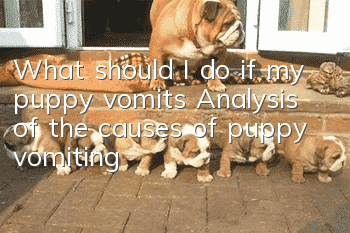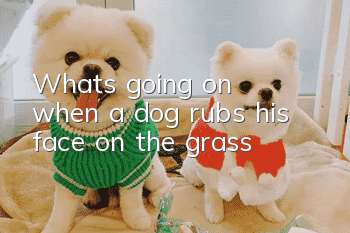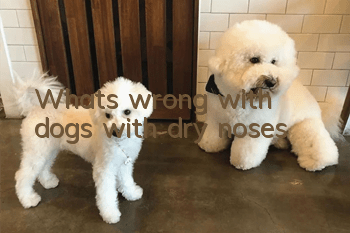What should I do if my puppy vomits? Analysis of the causes of puppy vomiting!

What to do if a puppy vomits? Analysis of the causes of puppy vomiting! There are many reasons for puppy vomiting. It may be eating too much, or it may be gastritis or gastrointestinal ulcer. Specific analysis is needed, and the editor has listed several situations that parents can use as a reference.
What should I do if my puppy vomits?
What should I do if my puppy vomits? 1. If the dog vomits food and eats it back immediately, it will be fine afterwards. This kind of vomiting is physiological vomiting, that is, vomiting similar to rumination, and there is no need to see a doctor.
2. If what you spit out is saliva, it is mostly an esophageal problem. For example: foreign bodies in the esophagus (food stuck in the esophagus, usually bones)
3. If the color of the vomit is transparent or white and thin, this is gastric juice, which is the gastric acid secreted by the stomach. This type of vomiting is most common in acute gastritis. But if you feel normal after vomiting, you don’t need to see a doctor yet, just fast for 12 hours. If vomiting persists, you still need to see a doctor, because vomiting may be caused by foreign bodies blocking the gastrointestinal tract, or caused by liver, kidney, or pancreatitis!
4. If the color of the vomit is yellow, yellow, green, or green, it means that bile has been vomited out. Usually if you see vomiting of this color, you need to see a doctor! Because this represents a lot of conditions, in addition to the above-mentioned liver, kidney, pancreas and other problems, there are also gastrointestinal ulcer problems!
5. When the color of the vomited out is brown, it is not the color of the feed or food, but the color of the gastric juice is brown, which means there is bleeding in the stomach. The most common ones are gastric ulcers and duodenal ulcers!
6. If it is bright red, then don’t hesitate anymore. This is acute bleeding and you need to send the dog to the pet hospital immediately.
When a dog vomits, you should first pay attention to the frequency and number of vomiting, as well as the color and quantity of the vomit. If you vomit 1 or 2 times without any other abnormal symptoms and continue to eat after vomiting, it is mostly physiological vomiting and can be ignored, but this situation is relatively rare. In addition to excluding physiological vomiting, if vomiting occurs, the following measures are generally taken.
1. Generally, vomiting does not affect eating and does not require special treatment.
2. If frequent vomiting affects eating, fasting and drinking should be avoided for 4-6 hours to prevent accidental entry into the trachea. After vomiting stops, eat gradually, or supplement nutrition and water intravenously.
3. Sedation and antiemetics, such as oral administration of vitamin B6, diazepam, metoclopramide, atropine or the human drug Motilium, or oral administration of chlorpromazine, intramuscular injection, or intramuscular injection of Aimolzhi vomit.
4. Frequent vomiting, long duration, and loss of appetite. Or if vomiting occurs immediately after eating and is accompanied by other abnormal symptoms, such as lack of energy, elevated body temperature, etc., you should be sent to a doctor for treatment in time.
Parents should pay attention to their dogs’ diet and not feed them too much. Also don’t feed your dog human snacks, like chocolate.
- Dogs giving birth at home, some things owners need to help with
- How long does it take for dogs to be dewormed before all the worms are killed?
- Signs of depression in dogs, come and see if your dog has it
- What should you do when faced with "fungi + mites + inflammation"?
- Select competition-grade Husky puppies based on bone proportions
- Illustration of the correct ways and precautions to greet your dog
- Dogs have dandruff and hair loss
- What to do if Teddy can’t digest dog food
- Will the ancient shepherd dog recognize its owner?
- Does Corgi recognize its owner?



